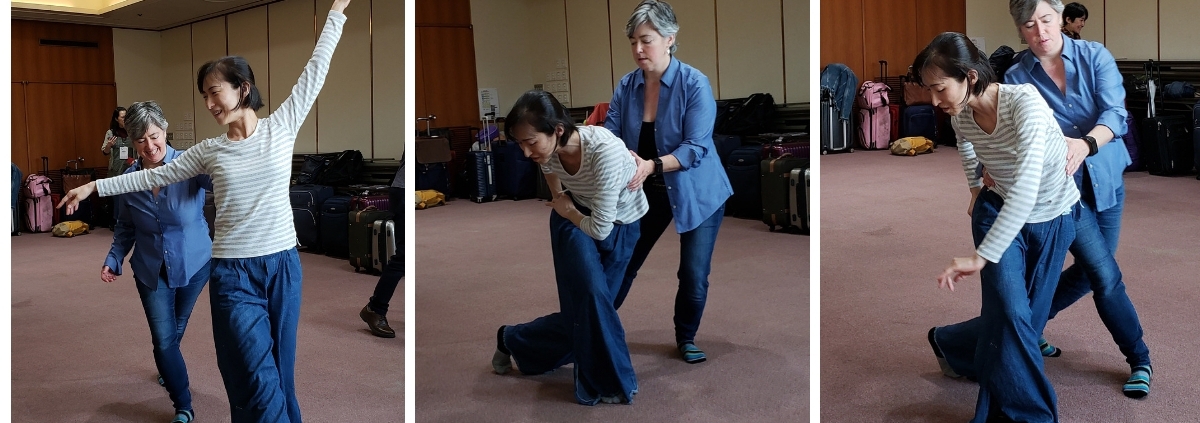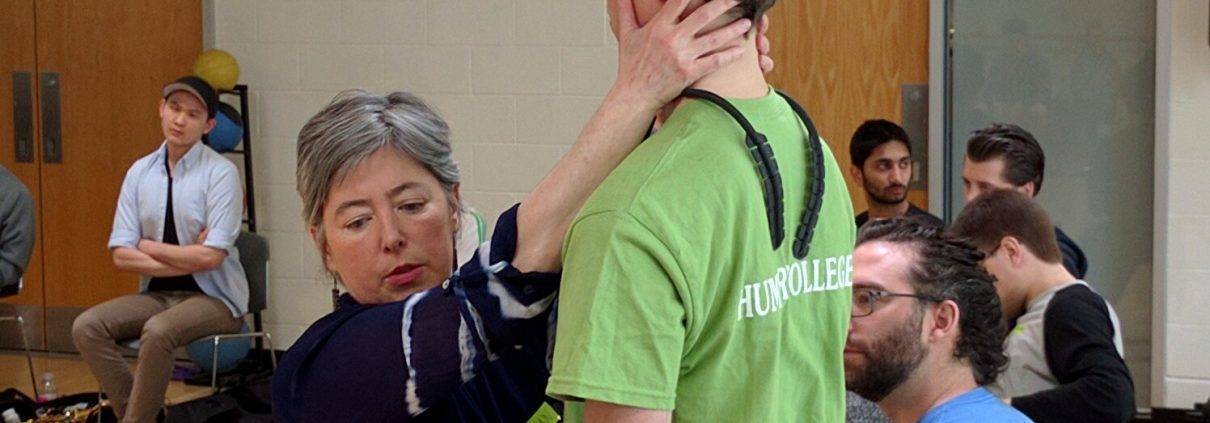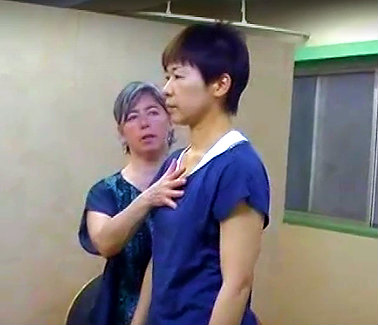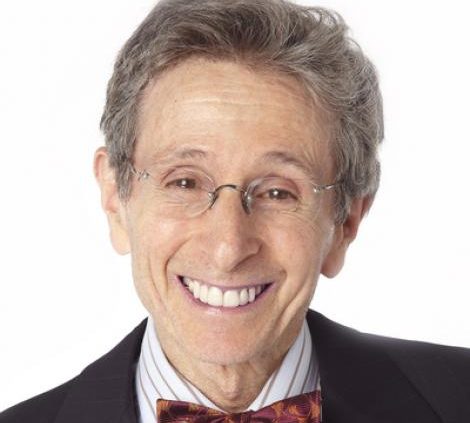Synopsis of Study
OBJECTIVE: To determine the effectiveness of lessons in the Alexander technique, massage therapy, and advice from a doctor to take exercise (exercise prescription) along with nurse delivered behavioural counselling for patients with chronic or recurrent back pain.
DESIGN: Factorial randomised trial.
SETTING: 64 general practices in England.
PARTICIPANTS: 579 patients with chronic or recurrent low back pain; 144 were randomised to normal care, 147 to massage, 144 to six Alexander technique lessons, and 144 to 24 Alexander technique lessons; half of each of these groups were randomised to exercise prescription.
INTERVENTIONS: Normal care (control), six sessions of massage, six or 24 lessons on the Alexander technique, and prescription for exercise from a doctor with nurse delivered behavioural counselling.
MAIN OUTCOME MEASURES: Roland Morris disability score (number of activities impaired by pain) and number of days in pain.
RESULTS: Exercise and lessons in the Alexander technique, but not massage, remained effective at one year (compared with control Roland disability score 8.1: massage -0.58, 95% confidence interval -1.94 to 0.77, six lessons -1.40, -2.77 to -0.03, 24 lessons -3.4, -4.76 to -2.03, and exercise -1.29, -2.25 to -0.34). Exercise after six lessons achieved 72% of the effect of 24 lessons alone (Roland disability score -2.98 and -4.14, respectively). Number of days with back pain in the past four weeks was lower after lessons (compared with control median 21 days: 24 lessons -18, six lessons -10, massage -7) and quality of life improved significantly. No significant harms were reported.
CONCLUSIONS: One to one lessons in the Alexander technique from registered teachers have long term benefits for patients with chronic back pain. Six lessons followed by exercise prescription were nearly as effective as 24 lessons.
 Reference
Reference
Little P, Lewith G, Webley F, et al. Randomised controlled trial of Alexander technique lessons, exercise, and massage (ATEAM) for chronic and recurrent back pain. BMJ 2008;337:a884.










